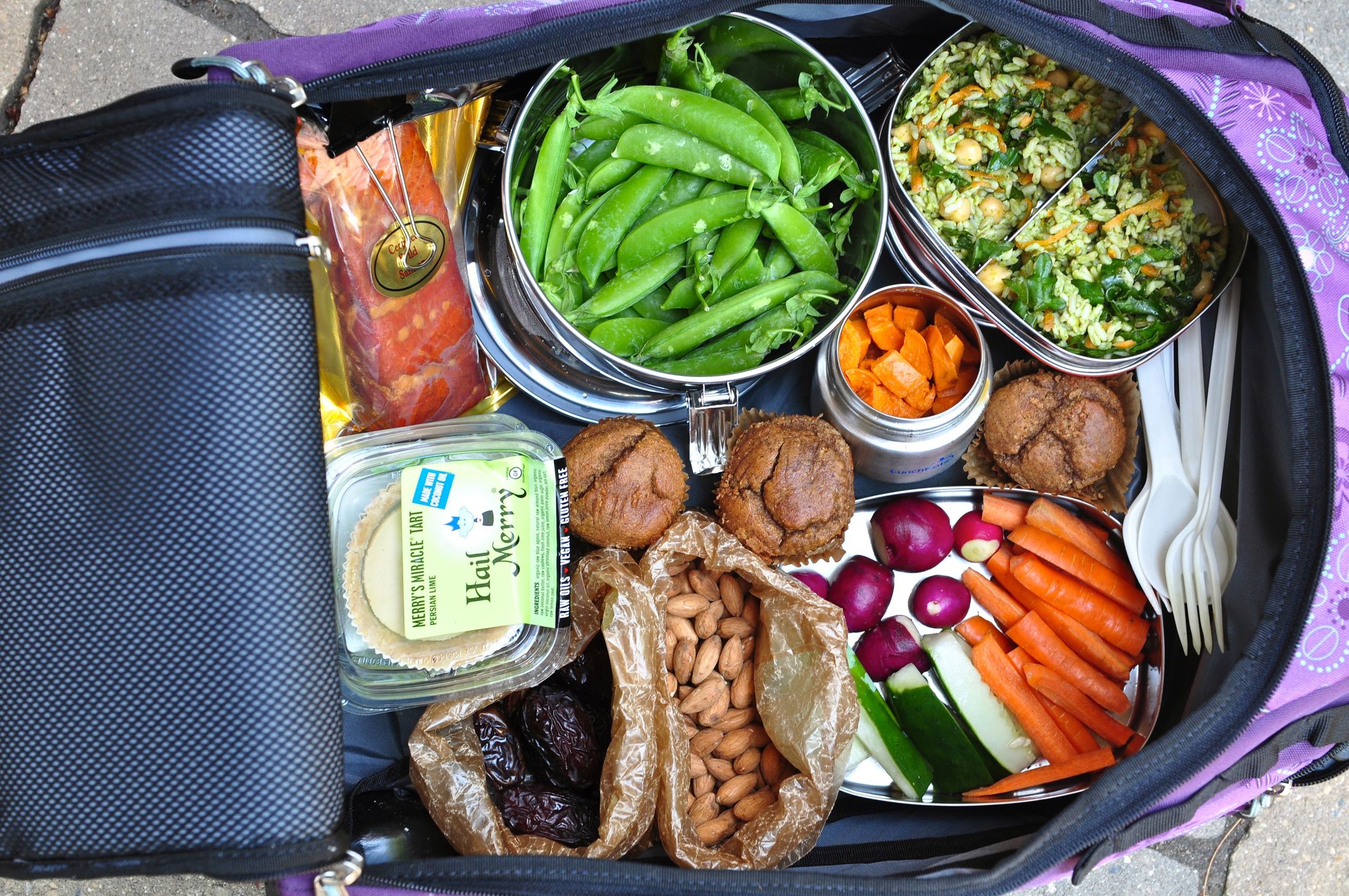Introduction
When it comes to air travel, packing food can be a convenient and cost-effective solution to satisfy your hunger during the journey. However, it’s important to pack your food properly to ensure it remains fresh, safe to consume, and compliant with airline regulations. In this article, we will provide you with essential tips for packing food for air travel, allowing you to enjoy a delicious and hassle-free culinary experience on your next flight.
-
Check Airline Regulations and Restrictions
Before you start packing your food, it’s crucial to familiarize yourself with the specific regulations and restrictions imposed by your airline. Different airlines may have different rules regarding what types of food items are allowed on board. For instance, some airlines may prohibit liquids, while others may restrict the transportation of certain perishable items. Visit the airline’s website or contact their customer service to get accurate information regarding food packing guidelines.
-
Opt for Non-Perishable and Sturdy Foods
To ensure the longevity of your packed food, choose non-perishable items that can withstand fluctuating temperatures and potential turbulence during the flight. Some great options include nuts, dried fruits, granola bars, crackers, and individually wrapped snacks. These items are not only durable but also easy to pack and carry in your hand luggage.
-
Pack in Secure Containers
When packing food for air travel, it’s essential to use secure and leak-proof containers to avoid any spills or messes. Opt for sturdy containers with tight-fitting lids to prevent any leaks that could damage your belongings or disturb fellow passengers. Additionally, consider using resealable bags for smaller items or snacks that may not require a full container. Labeling your containers with contents and dates can help you keep track of the freshness of your food items.
-
Consider Portion Sizes and Meal Prepping
To ensure you have enough food to sustain you throughout your journey, plan your portion sizes accordingly. Pack meals or snacks that can keep you satiated without taking up excessive space in your bag. Consider meal prepping before your trip by preparing sandwiches, wraps, or salads in advance. This way, you can control the ingredients, portion sizes, and ensure the freshness of your meals.
-
Mind Temperature-Sensitive Foods
If you’re planning to bring temperature-sensitive foods like yogurt, cheese, or deli meats, it’s crucial to take additional precautions. Use insulated lunch bags or coolers with ice packs to maintain the appropriate temperature and prevent spoilage. Make sure to check airline regulations regarding ice packs or gel packs, as they may have specific guidelines for their use. It’s advisable to consume these items earlier in your journey to minimize the risk of spoilage.
-
Bring Utensils and Napkins
Don’t forget to pack necessary utensils such as plastic cutlery or a small travel-sized multi-tool, depending on your food choices. Additionally, having napkins or wet wipes handy can help you maintain cleanliness during and after your meal. Be mindful of other passengers and dispose of waste appropriately, using the available bins.
-
Consider Cultural and Dietary Restrictions
If you have specific dietary restrictions or adhere to certain cultural practices, plan your food accordingly. Research your destination and any layovers to determine if you’ll have access to suitable food options or if you need to pack meals that align with your needs. It’s always a good idea to carry a list of ingredients for each meal to communicate any allergies or dietary requirements to airline staff or potential dining establishments.
-
Time Your Food Consumption
To optimize your food experience during air travel, consider the duration of your flight and time your meals accordingly. Plan to consume perishable items first and save non-perishable snacks for later in the journey or layovers. This strategy helps ensure that you’re enjoying your meals at their freshest and minimizing the risk of spoilage.
-
Stay Hydrated
In addition to packing food, it’s important to stay hydrated during air travel. However, keep in mind that the Transportation Security Administration (TSA) restricts the amount of liquids you can carry in your hand luggage. To avoid any inconvenience, consider packing an empty reusable water bottle and filling it up after passing through security checkpoints. Many airports have water stations or fountains where you can refill your bottle before boarding the plane. Staying hydrated will help you feel refreshed and avoid the discomfort of dehydration during your journey.
-
Be Mindful of Security Checks
When packing food for air travel, be aware that security checks may require you to remove certain items from your bag for inspection. To streamline the process and avoid delays, pack your food in an easily accessible part of your luggage. Consider placing them in a separate clear, resealable bag to facilitate inspection and minimize the need for additional screening.
-
Respect Cultural Sensitivities
If you’re traveling internationally or to a destination with cultural sensitivities, it’s important to be respectful of local customs and regulations regarding food. Some countries may have restrictions on importing certain food items or have cultural norms regarding specific types of cuisine. Research the local customs or consult travel guides to ensure your packed food aligns with local norms and avoid any potential conflicts or misunderstandings.
-
Don’t Forget to Dispose of Waste Responsibly
After enjoying your packed meals, remember to dispose of any waste responsibly. Airlines provide trash bags or containers on board for passengers to discard their waste. Use these designated areas to dispose of your food packaging, napkins, and other waste items. Maintaining cleanliness and tidiness not only ensures a pleasant environment for fellow passengers but also demonstrates respect for the airline crew and their efforts to keep the aircraft clean.
Conclusion
Packing food for air travel can be a convenient and enjoyable way to satisfy your hunger and maintain a sense of familiarity during your journey. By following these essential tips, you can ensure your food remains fresh, safe, and compliant with airline regulations. Remember to check the specific rules of your airline, choose non-perishable items, pack in secure containers, consider portion sizes, and be mindful of temperature-sensitive foods. Additionally, respect cultural sensitivities, dispose of waste responsibly, and stay hydrated throughout your journey. By planning and packing your food thoughtfully, you can enhance your travel experience with delicious and satisfying meals that keep you fueled along the way. Bon voyage!







